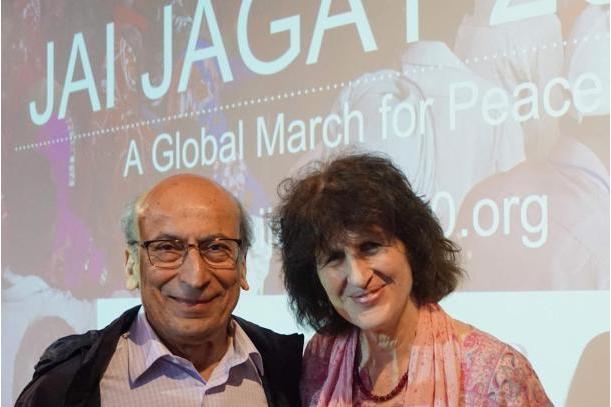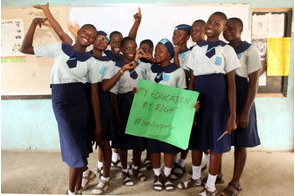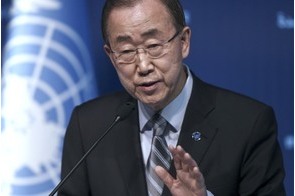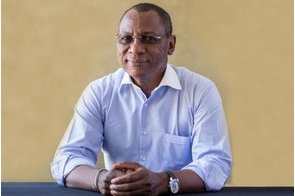Activists commence 365 days of march for peace and justice

Summary
The historic march seeks to signify that even today, a nonviolent peace force can be assembled.
Two hundred people, mainly Indians, on October 2, 2019, marched out of Raj Ghat (the place where Mahatma Gandhi’s remains were buried) in New Delhi, and began a long 365-day march to Geneva to bring nonviolence advocacy to international policymakers and other stakeholders.
The historic march seeks to signify that even today, a nonviolent peace force can be assembled from a motley group of people from various backgrounds, and that they can bring sobriety and reverence to peace with justice, in an advocacy for the survival of our planet, human beings and all living things.
With the white and green flags carried by participants, the organisers said they aim to arouse ecological consciousness and call for responses to the world’s deepening economic, social and environmental crises.
The Global Peace March will travel through India, Iran, South Caucuses (Armenia/Georgia) and then after crossing the Black Sea continue through four Balkan States before arriving in Italy, followed by Switzerland.
Related
-
Nigerian girl-focused charity wins international award
HACEY works with communities across Nigeria to improve the health and economic outcomes for over 300,000 girls.
-
The first review of the Sustainable Development Goals
Achieving appreciable levels of gender liberties and political empowerment of women by 2030 is still a long shot.
-
Time magazine names Tunji Funsho among 100 most influential people of 2020
Dr. Funsho was honoured for his work with Rotary International to eradicate wild polio in Africa.








